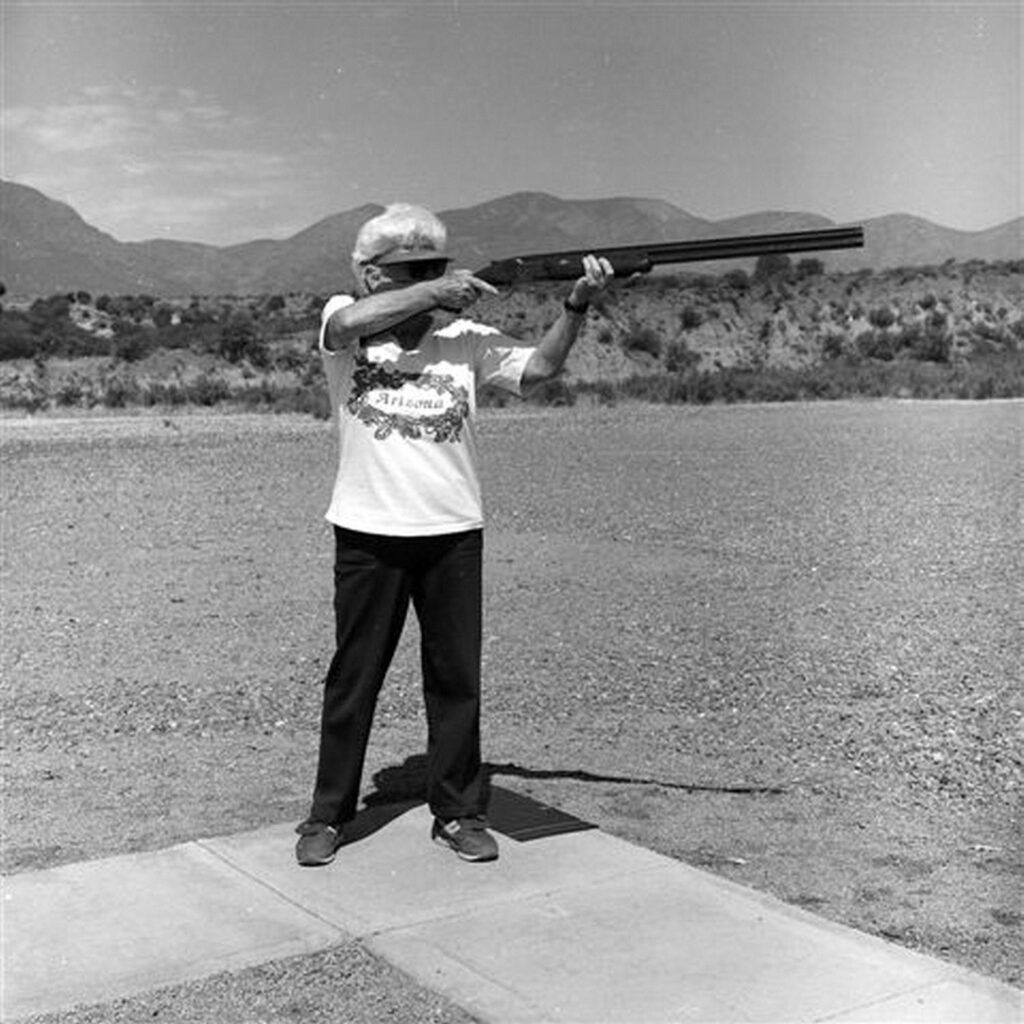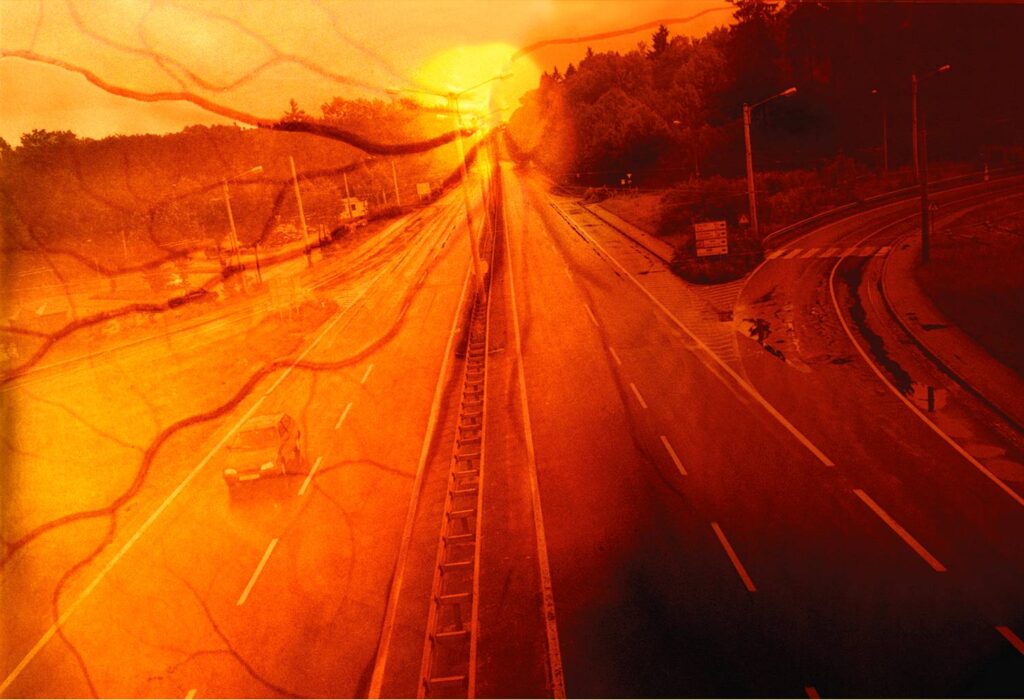FOTOHOF 1981–2006
Kurt Kaindl, Michael Mauracher, Rainer Iglar, Hanns Otte, Andrew Phelps, Elisabeth Wörndl, Herman Seidl, Reinhart Mlineritsch
The FOTOHOF was founded in spring 1981. The initiative came from a group of photographers and people interested in photography, with the aim of creating a centre for dealing with artistic photography in Salzburg – at that time, the only comparable institution with a similar focus in the whole of Austria was the photo gallery in the Forum Stadtpark in Graz. The most important thing was to meet, to discuss, to organise and see exhibitions, to organise lecture and discussion evenings. This structure – with a team acting collectively – has been maintained until today. The range of tasks has been expanded many times over since the foundation and the focus has shifted. The team has also reacted to these changes, has been expanded and changed.

The ambitious concept of establishing itself as an “association for the promotion of auteur photography”, of setting standards in the field of photographic image culture, has been attempted to be realised in 240 exhibitions, numerous events, publications and courses. In addition to the dedicated exhibition programme, one of the most important photo libraries in Austria, internet and media activities and workshop programmes that are in great demand, the production of the artistic photo book in the association’s own FOTOHOF>EDITION and in cooperation with the Otto Müller publishing house has developed into a core area of work – a total of 96 photo volumes have been published to date. A separate section will be dedicated to the publications during the exhibition on the first floor of the gallery. The exhibition “25 Years of Fotohof” is dedicated to the eight photographers who have shaped the institution over the years and continue to play an active role in shaping its programme. For the first time, the exhibition focuses on the work of the team members. Even though the FOTOHOF was founded as a producer’s gallery, it was never the aim to put their own work in the foreground. The project has given the individual photographers the task of presenting their own work in the form of a small retrospective of about 20 pictures each. The curatorial concept focuses on rarely or previously unseen works and develops along the chronology of the selected images. In a line from 1981 to the present, groups of works from all genres and in the most diverse forms of presentation are shown.

With around 158 exhibits, the anniversary exhibition provides a surprising insight into the work of individual photographers, but also draws attention to contemporary influences of international trends. It thus reflects a decisive phase in the history of the medium from its former marginalisation to an art form that is taken for granted today. The concept of the original is given a special form and haptic quality in vintage prints just as it is in Polaroid, which goes far beyond a mere “photo”. In addition to technical aspects, the anchoring in time also plays a role, which for some is expressed in the decision to use colour or black and white, while for others it seeks formal connections to photographic models. Photography as a way of capturing a historical condition becomes particularly visible where we encounter familiar places or people who have become strangers to us through the shift of time. The thematic focal points put into the picture range from portraits or self-portraits, the reflection of the self and the counterpart to social living space, landscape photography and urbanity. This gives rise to connecting lines and trends within photography and photographic expression, for example the series. For the photographers, their own work becomes a mirror of their personal history. To show what one has never taken the time to do, to look at the individual work or to discover the hidden work, to track down the work within the work, so to speak, these aspects lay in the decision of the respective photographer. The balance of the exhibition remains open and the visitor can draw it himself on many divergent levels.
